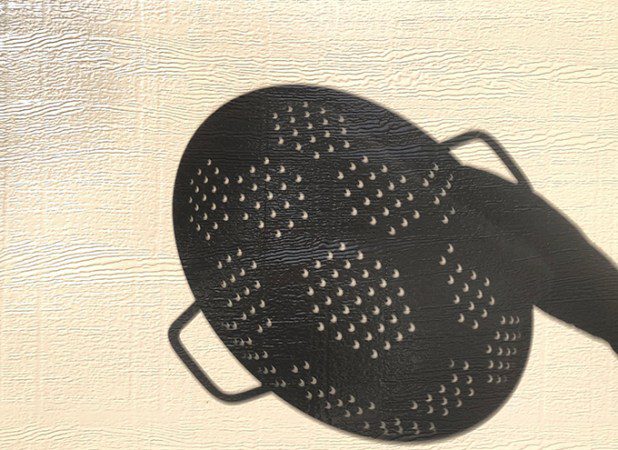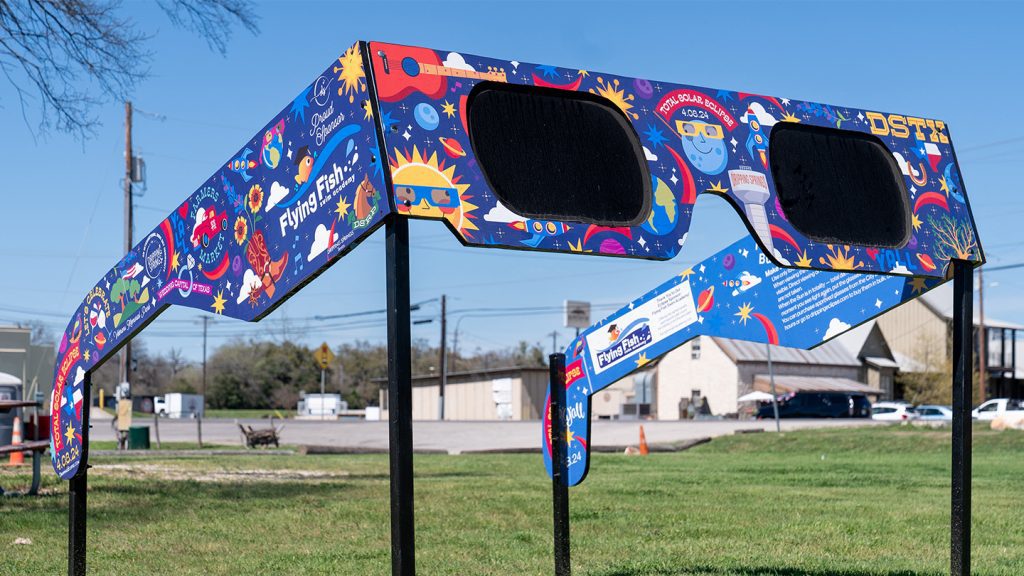For many people in North America, April 8 will be a memorable day for years to come.
The moon will move between the sun and Earth, blocking the sun in the middle of the day and causing a complete solar eclipse (SN: 1/4/24). Tens of millions of people in the path of totality will experience up to 4.5 minutes of darkness. This is nearly two minutes longer than the 2017 Great American Eclipse. Those not in the path of totality will still witness the partial blocking for at least a few minutes or longer based on their location.
Here are answers to some important questions about watching this amazing event.
When and where can I observe the eclipse?
The sun’s shadow is set to enter North America via the west coast of Mexico around 12 p.m. Mountain Daylight Time. The path of totality then continues diagonally across the continental United States, reaching states such as Texas, Arkansas, Indiana, Ohio, New York, Vermont, and Maine. It enters Canada through Ontario and Quebec before finally exiting through Newfoundland and Labrador at approximately 5:15 p.m. Newfoundland Daylight Time.
This interactive map by NASA can help you prepare for your eclipse viewing. Search and click on your location, and a pop-up panel will provide you with the area’s weather and the precise times of the solar eclipse’s progression.
What are eclipse glasses and where can I obtain them?
Using proper eyewear is crucial. Regular sunglasses are not sufficient for protection when looking directly at the sun (SNE: 4/27/17). It is important not to stare at the sun with bare eyes as this can harm your eyes. Therefore, it's necessary to acquire eclipse glasses if you haven't already.
It may be too late to order a pair from an online retailer. Furthermore, the American Astronomical Society warned about the presence of counterfeit and fake eclipse glasses being sold on the internet. It published lists of trusted manufacturers and vendors that sell pairs certified by ISO, ensuring safety. Both websites can also be useful for verifying the authenticity of the glasses you already own. If you haven't obtained eclipse glasses, don't worry. Large retailers such as Lowe’s Home Improvement may still have some in stock. You might also be able to obtain a free pair of eclipse glasses at a library, museum, or
Warby Parker store What if I can't get eclipse glasses on time?.
A colander's shadow displays crescent shapes during a partial eclipse in Southern California in 2023.

any object with holes , really — to observe the object’s shadow. You can also create holes that resemble a waffle by crossing your fingers if you're in a pinch. It might be less thrilling than observing the sun itself, but it's still fascinating to see the shadows transform from their original shapes to crescents as the moon covers the sun. You can alsocreate your own pinhole camera if you feel like being crafty. There will also be a lot of live video broadcasts. The U.S. National Science Foundation will stream
one from Dallas NASA will provide several. , including one in Spanish and another with a telescope feed. The agency will also show the launch of three rockets during the eclipse to study how the dimming of the sun affects Earth’s upper atmosphere.Other science projects will also provide live feeds. For example, the
Nationwide Eclipse Ballooning Project will send weather balloons to observe the atmospheric changes during the eclipse. Participating teams planto broadcast the views from the edge of space Are there interesting science events to watch for?.
If you look away from the sun, you might notice a
change in color happening on Earth ). Blues and green will become more visible, while reds become dark or even black. And because the sun will be close to its solar maximum, people might be able to see (SN: 4/1/24petal-like streams or a large puff of gas shooting away from the star’s surface ( For more eclipse stories, our student magazineSN: 1/4/24).
Science News Explores a special issue prepared for young eclipse watchers, and our publisher Society for Science collected resources , ready for you to browse.How can I take good pictures of the solar eclipse using a smartphone?
You can place a solar filter or an extra pair of eclipse glasses in front of the smartphone’s lens to photograph the partial eclipse. But make sure to remove the filter during the totality. Also, don’t forget to turn of the camera’s flash.
has an eight-step guide for acing the shots. Space.com Are there any interesting citizen science projects that I can participate in?
There are a few that are still taking volunteers. One is SunSketcher. Using
the SunSketcher app to capture images of the sun will help scientists to study the bright spots called Baily’s beads that appear before and after totality. Download the app on your phone and start running it at least five minutes before the total eclipse to contribute. Eclipse Soundscapes Project
The will collect sound data to study how eclipses affect life on Earth. It might be too late to sign up to become a data collector, but you can still participate by becoming a data analyst When is the next total solar eclipse?.
There will not be a total eclipse in the United States and Canada for another 20 years. But if you’re up for travel,
other countries will experience totality before 2044 ( ) . For example, Spain will be on the path of totality in 2026 and 2027, China and Japan in 2035, and Australia in 2028, 2030, 2037 and 2038.SN: 4/4/24And stay tuned for coverage from our astronomy writer Adam Mann, who will be on-site near Dallas with some scientists studying — and experiencing the wonder — of this total solar eclipse.
From getting eclipse glasses to checking your weather, we’ve got you covered to help you enjoy this incredible solar eclipse.



